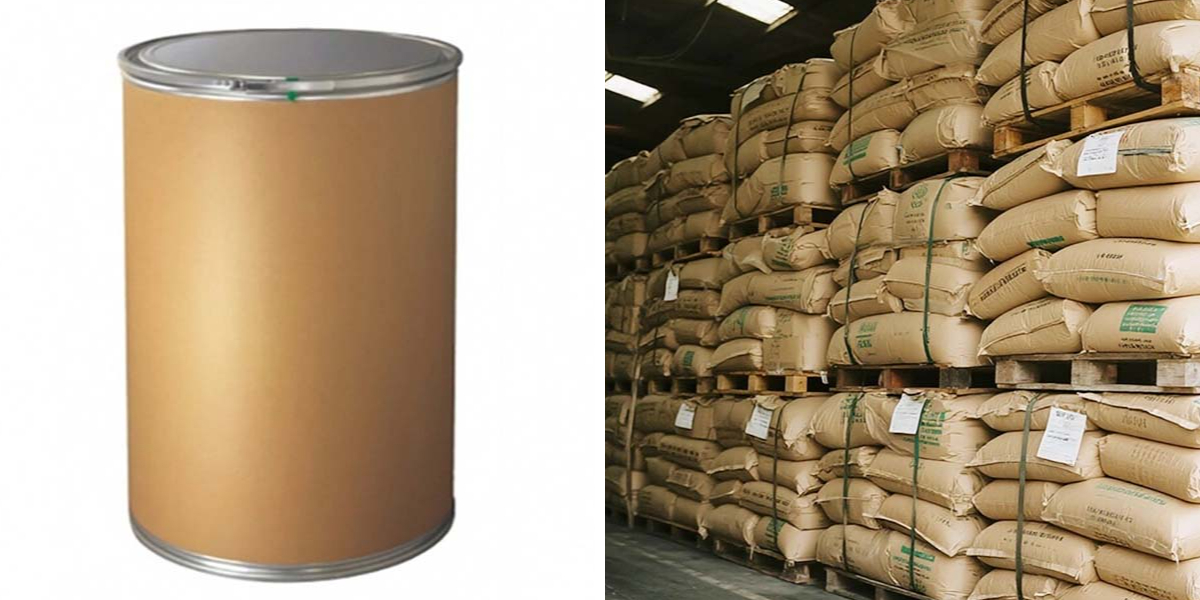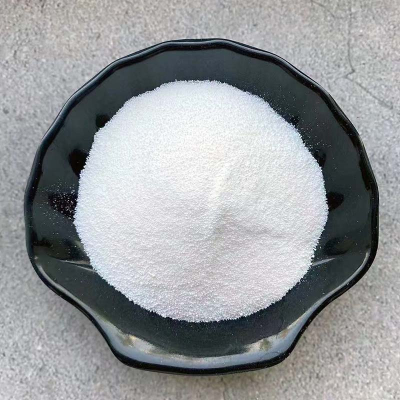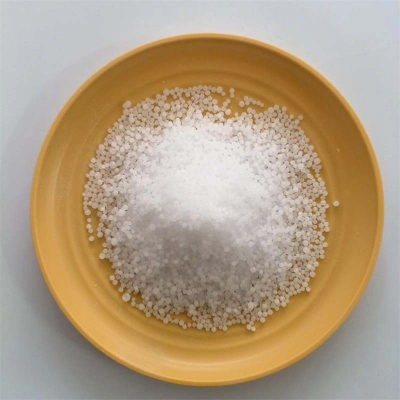L(+)-Tartaric Acid
Natural Origin: Sourced from natural products such as grapes, berries, and wine, making it ideal for clean-label and naturally derived formulations.
Strong Acidic Taste: Delivers a characteristic tart flavor that effectively enhances sour notes in foods and beverages.
Antioxidant Properties: Provides antioxidant activity, contributing to product stability and supporting related health-benefit claims.
Versatile Physical Form: Supplied as a colorless crystalline or white powdered material, facilitating easy handling and integration into diverse formulations.
L(+)-Tartaric Acid#87-69-4
Tartaric acid is typically encountered as either colorless monoclinic crystals or a fine white to off-white crystalline powder. It is odorless but distinctly acidic, with a sharp, tart taste. The L-(+)-isomer occurs naturally in many fruits—most notably grapes and berries—and is also present in numerous wines. Beyond contributing the characteristic sourness of these products, it provides antioxidant properties that enhance both quality and stability.
L(+)-Tartaric acid Chemical Properties
Melting point | 170-172 °C(lit.) |
alpha | 12 º (c=20, H2O) |
Boiling point | 191.59°C (rough estimate) |
bulk density | 1000kg/m3 |
density | 1.76 |
vapor density | 5.18 (vs air) |
vapor pressure | <5 Pa (20 °C) |
FEMA | 3044 | TARTARIC ACID (D-, L-, DL-, MESO-) |
refractive index | 12.5 ° (C=5, H2O) |
Fp | 210 °C |
storage temp. | Store at +5°C to +30°C. |
solubility | H2O: soluble1M at 20°C, clear, colorless |
form | Solid |
pka | 2.98, 4.34(at 25℃) |
color | White or colorless |
Odor | at 100.00 %. odorless |
PH | 3.18(1 mM solution);2.55(10 mM solution);2.01(100 mM solution); |
biological source | Vitis vinifera |
Odor Type | odorless |
Optical Rotation | [α]20/D +13.5±0.5°, c = 10% in H2O |
Water Solubility | 1390 g/L (20 ºC) |
Merck | 14,9070 |
JECFA Number | 621 |
BRN | 1725147 |
Dielectric constant | 35.9(-10℃) |
Stability: | Stable. Incompatible with oxidizing agents, bases, reducing agents. Combustible. |
InChIKey | FEWJPZIEWOKRBE-JCYAYHJZSA-N |
LogP | -1.43 |
CAS DataBase Reference | 87-69-4(CAS DataBase Reference) |
NIST Chemistry Reference | Butanedioic acid, 2,3-dihydroxy- [r-(r*,r*)]-(87-69-4) |
EPA Substance Registry System | Tartaric acid (87-69-4) |
Tartaric acid serves as a key acidulant in food processing, where it is incorporated into soft drinks, confectionery, baked items, and gelatin desserts to provide a distinct sour taste. Beyond food applications, it finds use in industries such as photography, leather tanning, and ceramics, as well as in the manufacture of various tartrate salts. Its esters—particularly diethyl and dibutyl tartrates—are widely applied in lacquer production and textile printing. In the pharmaceutical field, tartaric acid also functions as an effective buffering agent.















